I went to Shanghai. The city is full of flowers. Pink blooms line the highways, which are quiet because everyone drives electric cars. I arrived the first day of a five-day holiday for May Day (yes workers!!) There were tourists everywhere from other parts of China. Police and army were positioned on street corners for crowd control. Little kids were out at night with their families, light-up tchotchke toy towers in their hands, miniatures of the Oriental Pearl TV Tower that defines the city’s skyline—retrofuturist like Berlin’s TV tower from the 60s, but this one was actually only completed in 1994. Little kids were tired and dragging their parents’ arms, rolling around on the sidewalk. No one seemed impatient. The ground was clean. Everywhere there were influencers and cosplayers doing photoshoots. And beautiful well-groomed dogs.
“Flowers, bicycles, T-shirts with the NASA logo” — I wrote in my notes app walking around waiting for my hotel check-in time. The only other note I made in four days was a list of shopping recs: Joy City, Huai Hai 550, Youth Energy Center, Former French Concession. When I waited for the elevator in my hotel’s lobby, next to me, often, there was a robot also waiting for the elevator, the robots’ soft edges resembling a consumer appliance. Like a giant humidifier. I think they were different robots I was standing next to, but they all looked the same and all played Pachelbel’s Canon in D Major. Back in New York when I described these robots to people, I was surprised how many people didn’t know Pachelbel’s Canon in D Major. “The sample in Graduation by Vitamin C” I had to say.
Press trips are weird. I always forget until I’m on one again. All of a sudden you’re beholden to an itinerary like you’re enrolled in summer camp and there’s a spectrum of how passive aggressive your handlers can be if you don’t join every activity.
I liked a lot the institution that brought me to Shanghai, the Rockbund Art Museum, which was celebrating 15 years. It’s ironic you fly half way around the world and almost everyone you meet has a tie to New York City. The three artists opening shows Irena Haiduk, Cici Wu, and Ash Moniz all lived, worked, studied recently in New York. The museum’s director X Zhu-Nowell spends a lot of the year here.
It’s a nice size of museum, smaller than PS1 and bigger than the Swiss Institute, similarly repurposing, not a school or a bank, but a five-story Art Deco monolith constructed in 1932 for the Royal Asiatic Society—a British colonial project “to enhance and further the cause of Oriental research.” (I remembered CFGNY’s site-specific show at the Japan Society. ) The three shows opening had a through-line: politically engaged with a connection to cinema, interrogating cinema’s connection to industrialization. I was impressed. I’m going to write more about Haiduk’s show for PIN–UP.
I ended up talking with one of the artists and one of the writers also on the trip about another writer who used to live in New York but doesn’t anymore. The part that sticks with me is that he is seeking intensity. I think we’re all seeking intensity, and most of the time most of us are disappointed. How we cope with that disappointment is maybe our personality.
I did a public conversation with Laura Albert the other night. At the coffee shop, before, she said something that stuck with me about deadened sensibilities. What writing is for deadened sensibilities.
Irena Haiduk in Shanghai spoke about the fiber optic image. She was born in 1982 in Belgrade in the former Yugoslavia and lived through the war and genocide that tore the country apart. Her study: how to create an image that makes us want to live. It’s important, she thinks, to understand that we live in physical three-dimensional space. There’s a death drive to the high-resolution world of images we build as a substitute. Instagram makes you want to die.
Follow the thread to Dana Karwas’s show up at Spill 180 (a new gallery in a backyard in Red Hook). Karwas, who is also the Director of the Center for Collaborative Arts and Media at Yale University, made an exhibition about abstraction and orientation. How do we relate to scientific imagery and how does what we see affect how we understand where we are? (I wrote more about it for the gallery’s blog Beans). The show is not unconnected to how I watched the airplane icon cross the map on the seat-back screen my flight home.
We are so alienated. I might be too earnest a lot of the time, but I don’t know how people find their disappointment novel. I want to see an image of myself and recognize something in it. Mekala told me if you delete selfies on your phone, the algorithm sells you makeup.
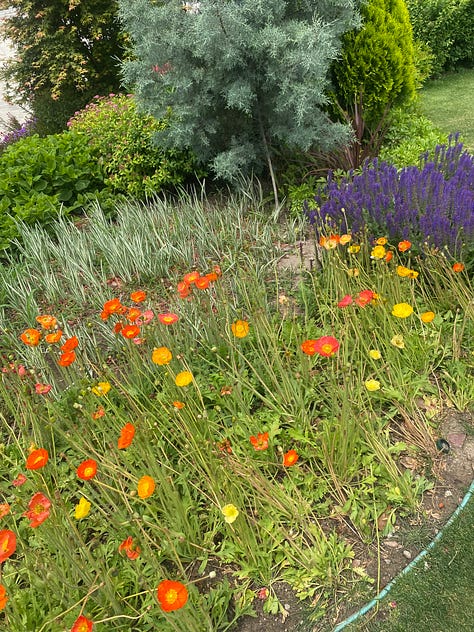

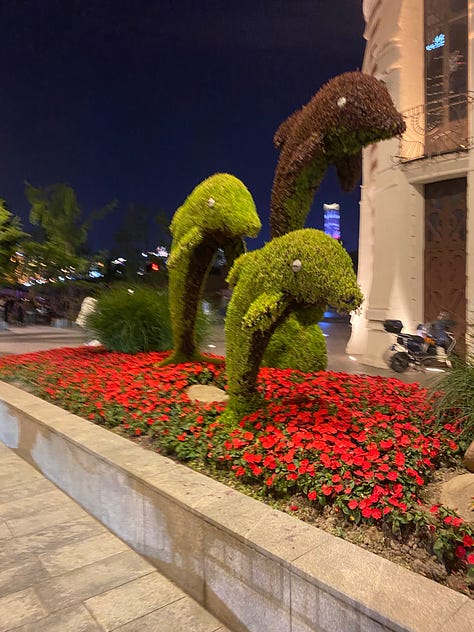
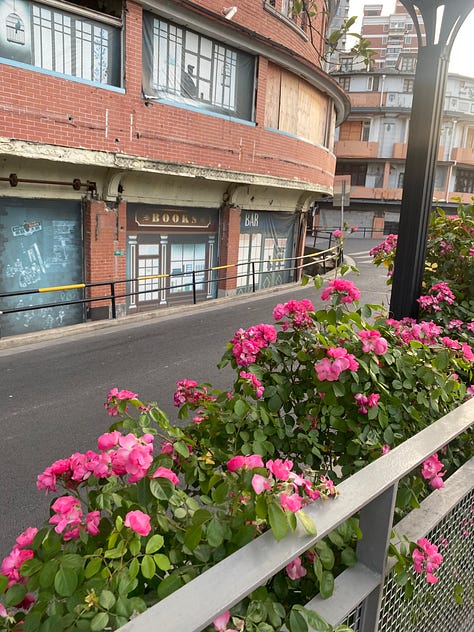
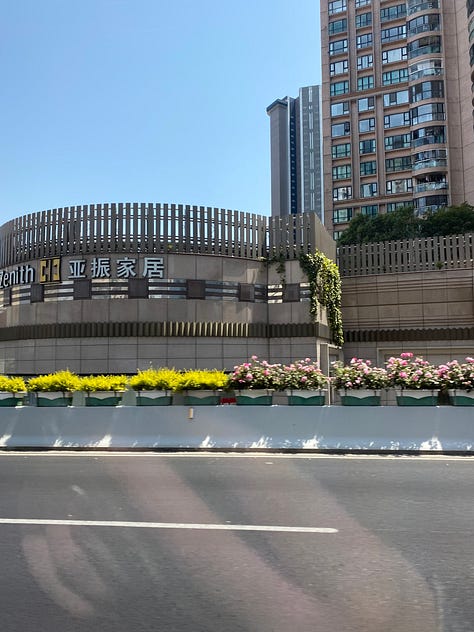
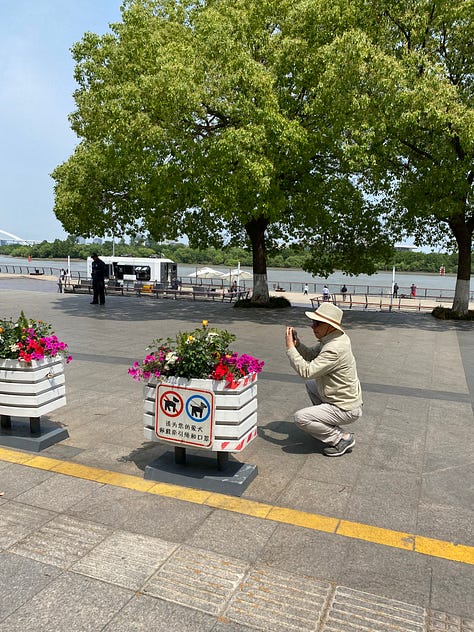
I haven’t written on substack since I went to Oslo in March. I wrote about the book fair that brought me out for Family Style. The best story is about this architect Vésma Kontere McQuillan. She wears Prada and writes about Prada fashion shows as architectural spaces. How she discovered Prada is amazing! Originally from Latvia, she worked as an architect in the post-Soviet 1990s. One client of hers lost his fortune by the time his house was completed, so he paid with clothes from his wife’s Prada collection. Vésma had never heard of Prada before. This was the beginning of her Prada addiction.
I have work right now in Spike, Autre, CURA., and Notes on Beauty. They’ve all dropped issue covers online, but the only one I’ve gotten my hands on so far is Spike. And NYRA too, but that feels different.
The new issue of the Whitney Review is at the printer. You can for the first time subscribe! And a new issue will come in the mail every six months.
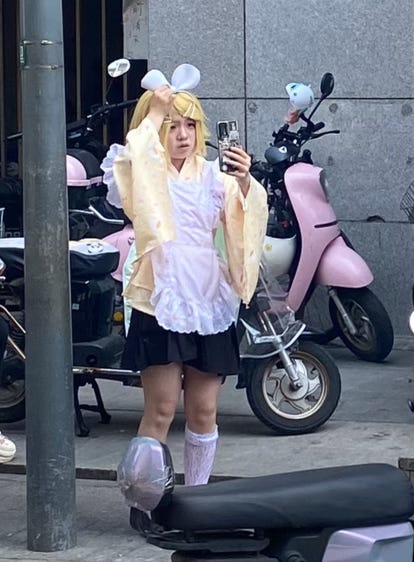
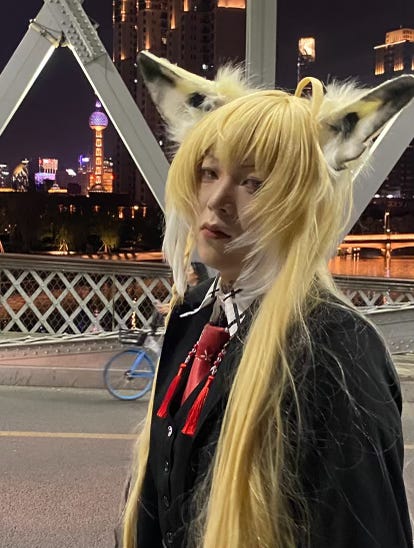
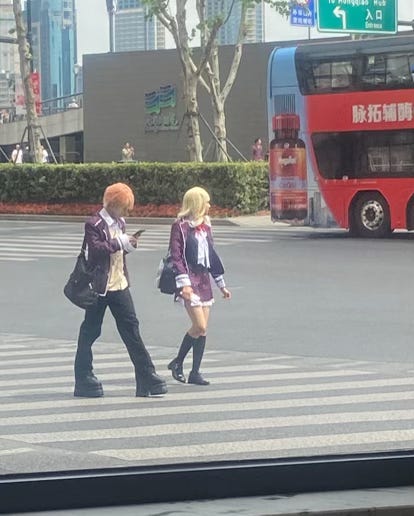
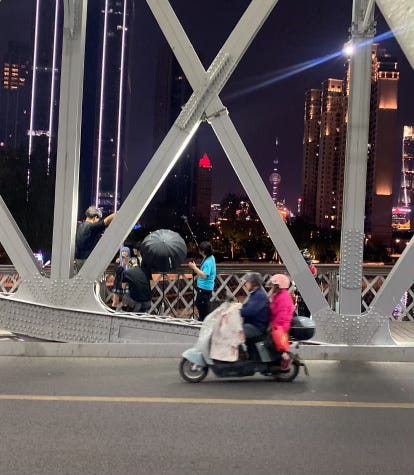

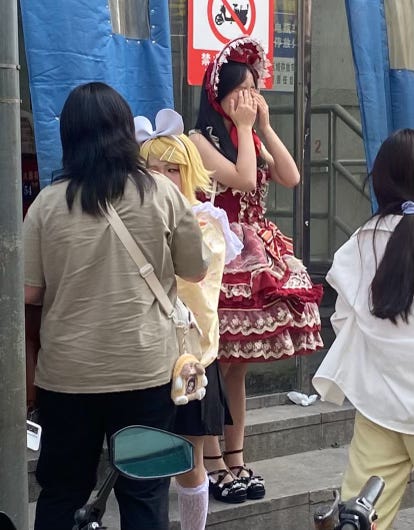



This is great
we have to talk soon...see you Sat night, yes? xx